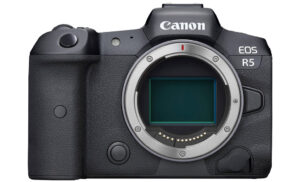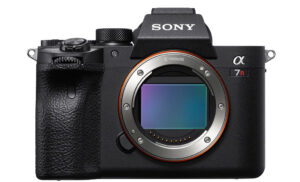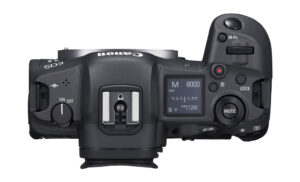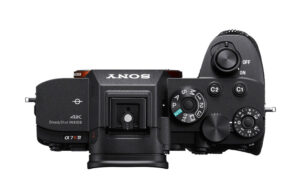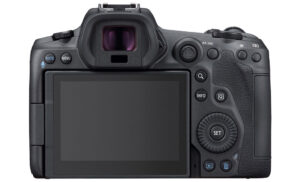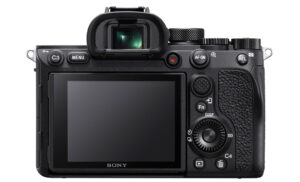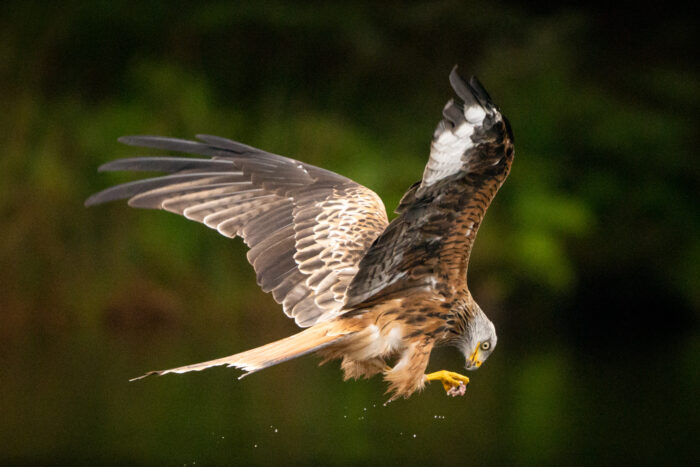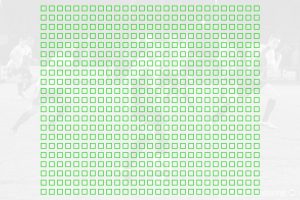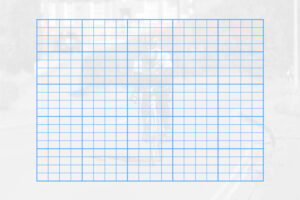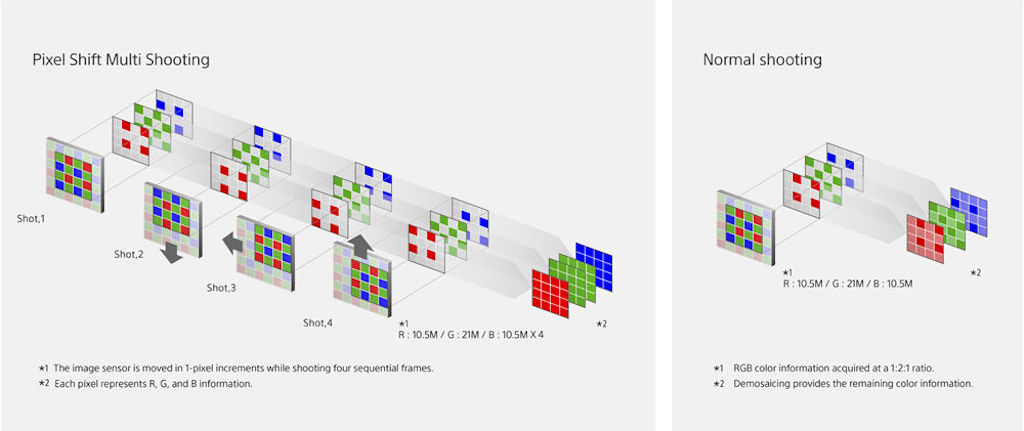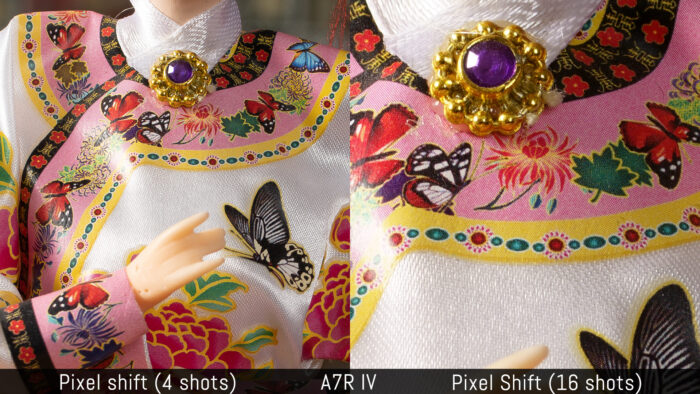Sensor megapixel count has long been a hot topic when talking about digital cameras. Sony and Canon have been vying for first place in recent years with Canon releasing its 50MP 5DS/5DSr and Sony with the A7R IV which has the world’s first full frame sensor with 61MP.
The EOS R5 doesn’t offer the highest resolution on a Canon camera, but it is close with a brand new 45MP sensor. What’s more, many of its features for stills and video put the camera on equal footing with or ahead of the competition. Let’s see how they compare.
Canon EOS R5 and EOS R6 coverage:
EOS R5 vs EOS R6 – EOS R vs EOS R5 – EOS R vs EOS R6
EOS R6 vs A7 III – EOS R5 vs A7R III – EOS R5 vs A7R IV
EOS R5 vs Nikon Z7 – EOS R6 vs Nikon Z6
Ethics statement: the following is based on the Canon official press release and our review of the A7R IV. We were not asked to write anything about these products, nor were we provided with any kind of compensation. Within the article, there are affiliate links. If you buy something after clicking one of these links, we will receive a small commission. To know more about our ethics, you can visit our full disclosure page. Thank you!
1. Design and usability
The EOS R5 has a very similar design to the original EOS R, albeit ever so slightly larger. It is a design that I like a lot: a good compromise between size, weight and a comfortable grip.
The A7R IV is smaller and weighs a bit less because of Sony’s instance on keeping its A7 range as compact as possible. Although I prefer the Canon design, the A7R IV has received a few design tweaks that make it more comfortable to hold than the previous generation (A7 III and A7R III).
- EOS R5: 138 x 97.5 x 88.0mm, 738g
- A7R IV: 128.9 x 96.4 x 77.5mm, 665g
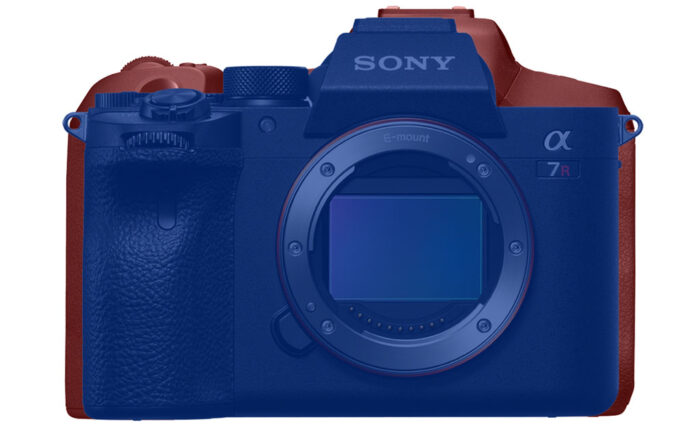
Both cameras are constructed from magnesium alloy and are weather-sealed.
Both cameras offer a good number of controls with various buttons, dials, and an AF Joystick at the rear (the sensitivity of the Canon version can be changed). Unique to the A7R IV is the exposure compensation dial and shooting mode dial on top. On the R5, you press and hold the M button and then turn one of the dials or use the touch screen to change shooting modes.
There are two memory cards slots on each product. The Sony uses two UHS-II slots that accept SD cards, whereas the R5 has one slot for the CF Express/XQD card, and one for SD UHS-II. CFexpress is a new format and the cards are more expensive for now, but one of the reasons Canon chose it is to allow the camera to record video at very high bitrates as we will see further down.
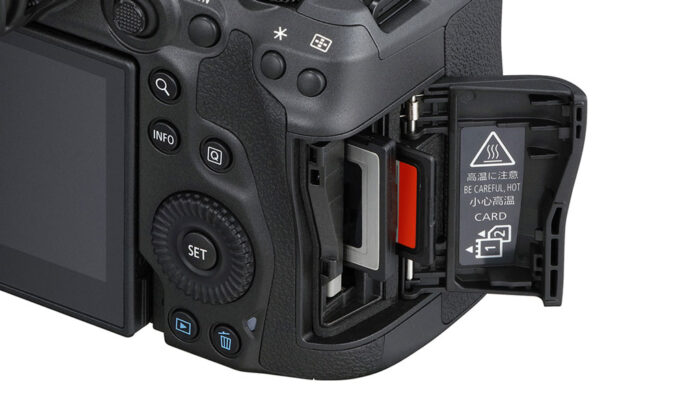
The CIPA ratings for the battery life are 320 shots if you use the viewfinder, or 490 shots if you use the rear monitor on the R5. For the A7R IV, it’s 530 and 670 frames respectively. These numbers suggest that the Sony is better, and indeed it has the best battery pack I’ve tested on a mirrorless camera. Keep in mind that these figures are always below what you can achieve for real, and that is valid for both cameras.
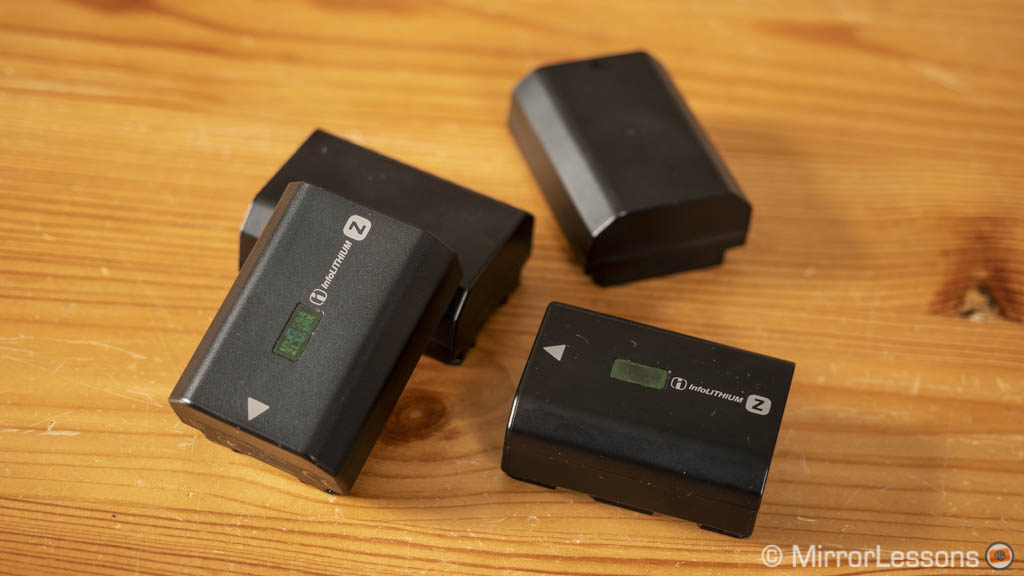
Both cameras can be charged via USB and the Sony can also be powered while in operation. A battery grip is available for both.
Finally, both have a Micro HDMI output, a USB C port, a microphone input, a headphone output and a flash sync terminal. The A7R IV has an extra USB port (micro 2.0) and the R5, a proprietary remote control input.
2. Viewfinder and LCD screen
Both cameras use viewfinders with a high resolution, 5.75M dots (0.5-in OLED panel) to be precise, which provides superb definition when composing your image. The Sony has a slightly higher magnification (0.78x vs 0.76x) but other specs such as the eyepoint (23mm) and refresh rate (120fps) are the same.
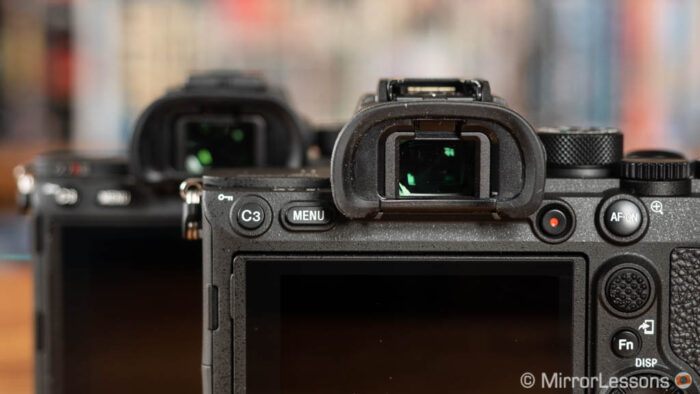
The R5 has two LCD monitors. There is a small one on the top that shows the various settings in use and how much battery is left. It is a smaller version of similar screens you find on high-end DSLRs and a few mirrorless cameras too.
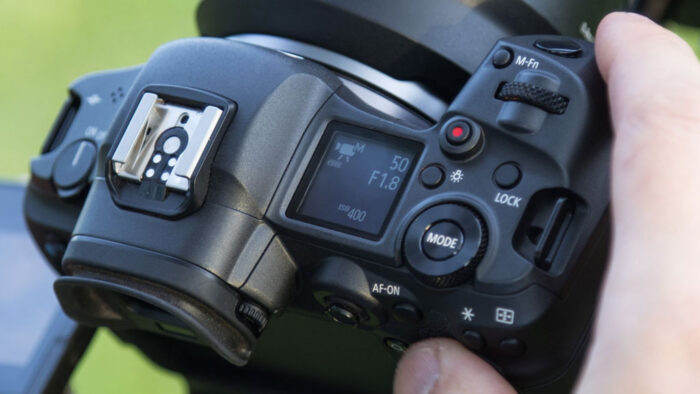
On the rear, we spot another difference. The A7R IV has a two-way screen that can move up or down. The R5 has a multi-angle LCD that can be opened to the side and rotated 180˚, which is useful for filming yourself or simply having the possibility to orient the screen in different directions when shooting at awkward angles.
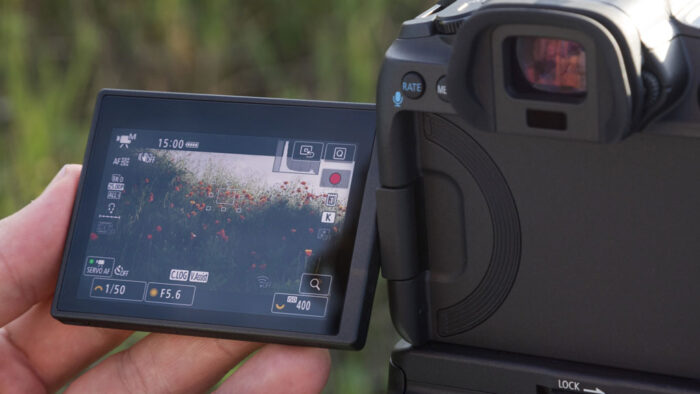
Both screens on the rear are touch sensitive, but the actions you can perform are more limited on the Sony (focus point or magnification only). On the Canon, you can also navigate the menu and the quick menu and change any setting you like. I like this option a lot, in fact I find it easier to change settings in the Canon menu with the touch screen than with the buttons.
3. Sensor and Image Quality
Canon and Sony have put their most recent sensor to date into these two high-end cameras.
The R5 has a brand new 45MP sensor, whereas the A7R IV has the world’s first 61MP full frame sensor seen on a digital camera.
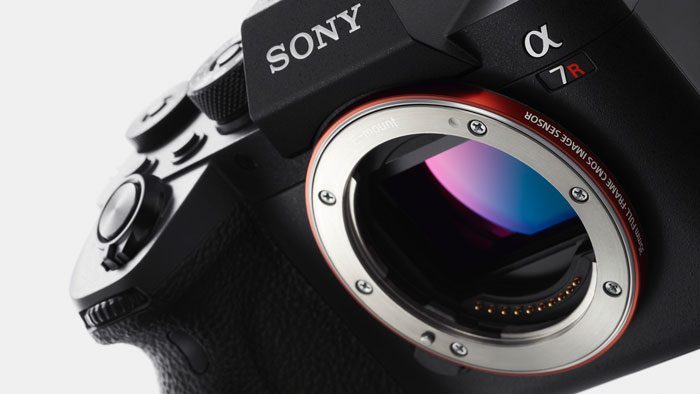
The Sony lacks the anti-aliasing filter so as to maximise sharpness, whereas the Canon has one built in front of the sensor. The A7R IV sensor has a BSI structure (back-illuminated) which puts the photodiodes closer to the micro lenses, allowing them to capture more light as a result. This usually gives a bit of a boost in terms of dynamic range and high ISO performance.

Next we have the ISO range, which is as follows for the two cameras:
- EOS R5: 100 – 51200 ISO (50 to 102400 with extended values)
- A7R IV: 100 – 32000 ISO (50 to 102400 with extended values)
In our tests, the A7R IV had the same dynamic range capabilities as its predecessor the A7R III, and ever so slightly more noise at high ISOs, which is totally understandable given the higher megapixel count. In short, the 61MP sensor is extremely capable, which isn’t a surprise since Sony is known for making the best image sensors on the market.
Canon makes its own sensors as well but they have struggled to match the performance of Sony, especially when it comes to dynamic range. The new 45MP sensor of the R5 should be better according to Canon, and we’re curious to see how it will perform against the Sony, resolution aside.
Another thing to consider if we want to list the pros of a high resolution sensor is cropping possibilities. Even when used in APS-C mode, the A7R IV delivers 25MP of resolution (it should be about 17MP for the Canon). In post, you can crop even further and still retain a more than decent resolution like in the example below.
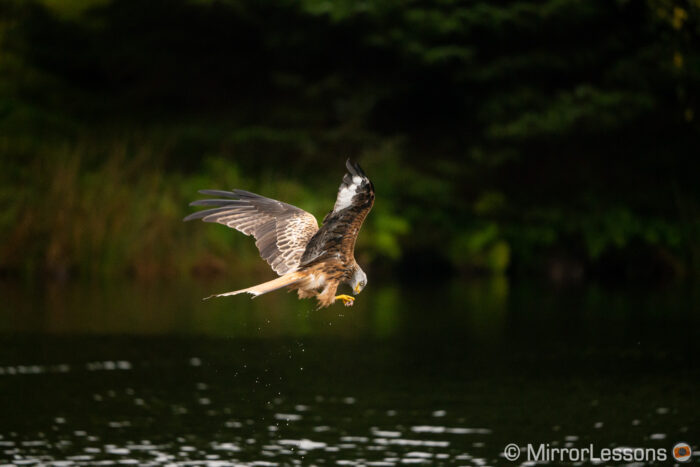
4. Autofocus system
The EOS R5 and A7R IV feature an advanced autofocus system based on phase detection.
The Canon solution is called Dual Pixel CMOS AF II and it is the latest version introduced with the R5 and R6. The unique characteristic of this technology is that each pixel on the sensor is composed of two photodiodes instead of one like on conventional sensors. The two photodiodes are combined together to create the photograph, and separately (left and right) to measure the incoming light and determine the phase difference.
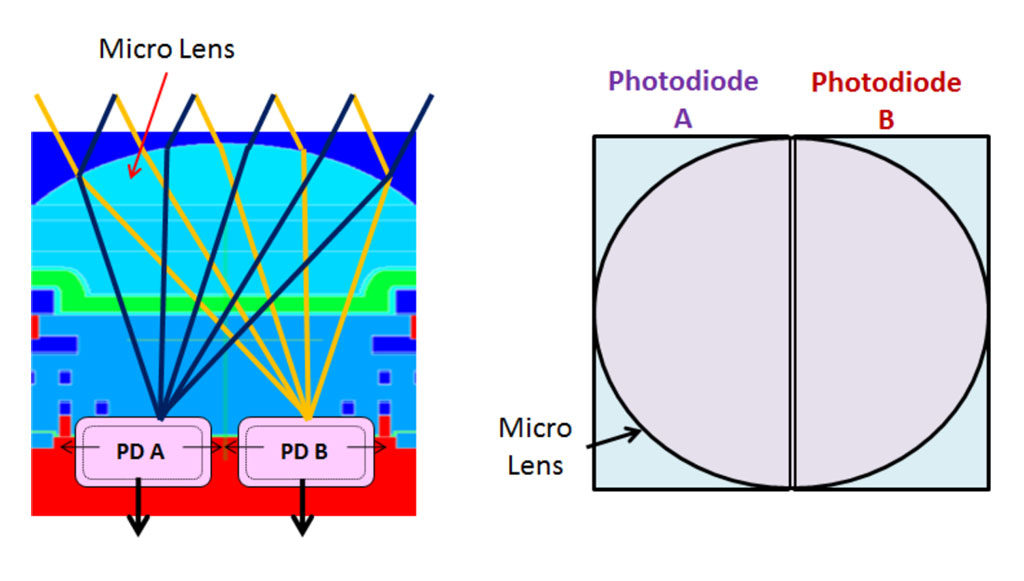
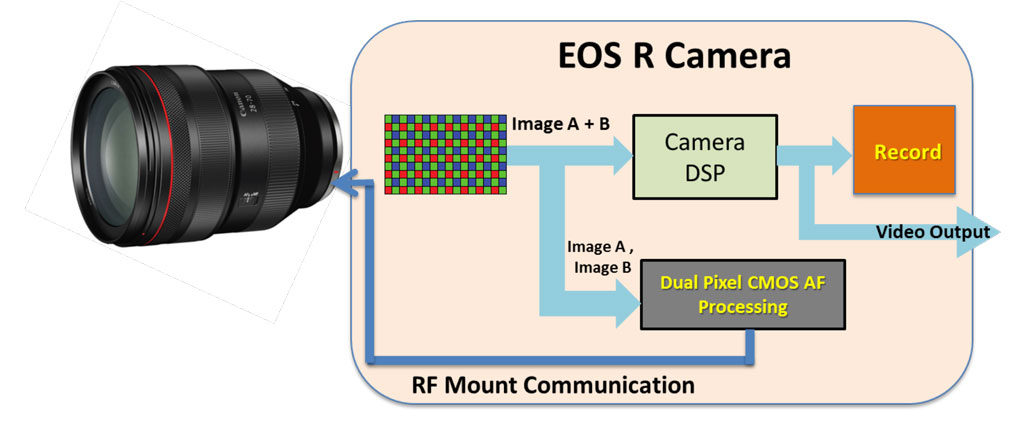
Having the phase detection sensors on every pixel allows the EOS R5 to have 100% autofocus coverage across the entire sensor area. This is indeed the case when you select face/eye detection or AF Tracking. With the other focus modes, the area used is slightly smaller (90% horizontally and 100% vertically). When using the single AF point, you can choose a position among 5940 different points!
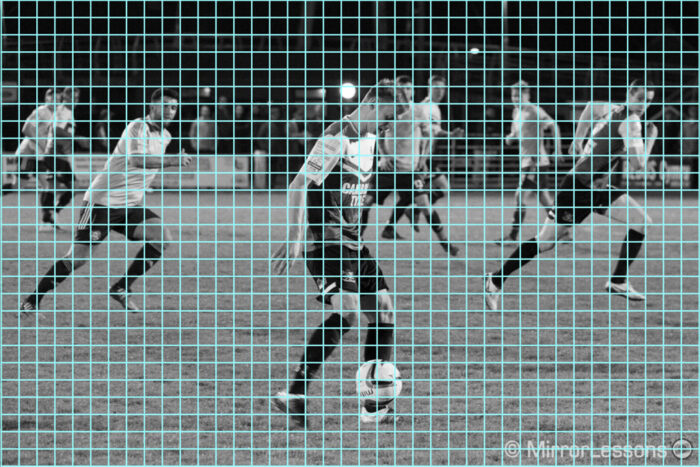
The A7R IV uses a more conventional method, where pairs of pixels on the sensor (not all of them) are partially masked to read the light (left and right again) and calculate the phase difference.
The A7R IV has 567 phase detection points that cover 74% of the width and 99% of the height of the sensor. It also has 425 contrast detection points which can be useful in very dim light.
Speaking of low light situations, the EOS R5 autofocus has a minimum sensitivity of -6 stops when using an f1.2 lens (-4.5 at f/2). The A7R IV does -3 stops with an f/2 aperture.
Both cameras used deep learning technology and advanced algorithms to improve the performance. The Sony has Real-Time Tracking where the camera can analyse the face, eye, colour, brightness and depth of an image to track the subject better. We tested this first hand and it works flawlessly. I’d even say it is one of the best tracking systems we’ve ever used (with the very best being that of the Sony A9 and A9 II). The camera can also track the eyes of animals (except birds for now).
In addition to tracking the face and eyes of humans, the EOS R5 uses deep learning technology to track the body, face or eye of various animals including birds.
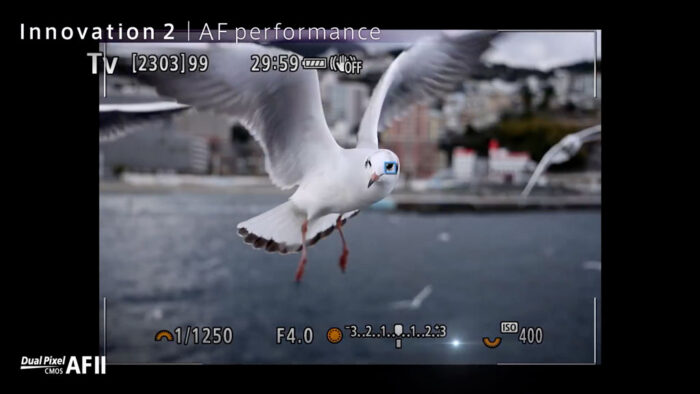
5. 5-axis stabilisation
Sony brought 5-axis stabilisation to a full frame camera for the first time with the A7 II (2014). Canon has waited much longer, with the EOS R5 being the first from the brand to feature this technology (alongside the R6 that was announced at the same time).
The system works by compensating for camera shakes on five different axes: roll, x, y, pitch and yaw. The sensor can work on its own or in combination with the optical stabilisation of a lens, where only three axes are used on the sensor (x, y and roll).
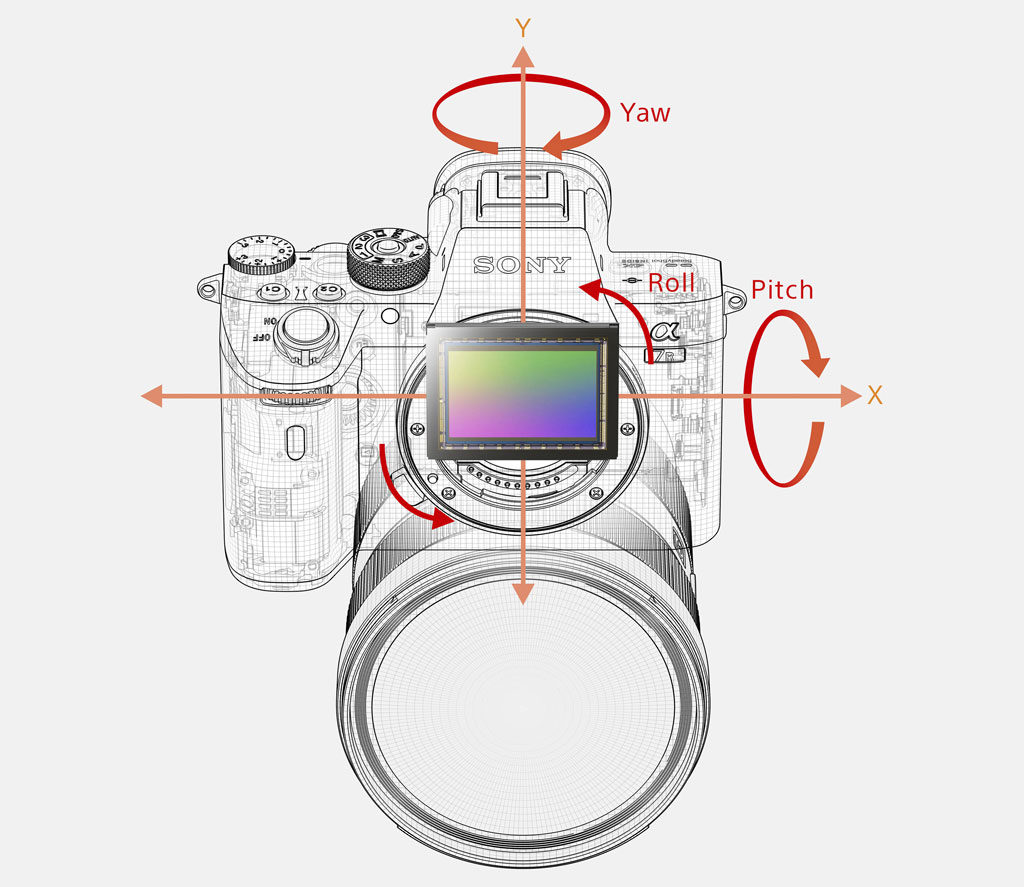
To each stabilisation system is assigned a rating by the CIPA association and the EOS R5 gets a record 8 stops of compensation. The A7R IV has a lower score of 5.5Ev. Note that the score on the Canon can differ depending on the lens used (read the full list in our R5 vs R6 article).

To apply the CIPA rating to a practical example, let’s take a 24mm wide angle lens. The safe shutter speed to use would be 1/25 (rule of thumb = 1/24s, so the closest is 1/25s). But if you can compensate up to 8 stops, it means that you can take the same shot with a shutter speed of 10 seconds! Or around 1.6 seconds with the A7R IV.
Ten seconds sounds crazy, but I managed to take a shot hand-held with this exposure with the Olympus OM-D system. I have yet to try the Canon camera to see if I can get the same result. For now all I’ve heard is reports of successful attempts at 1s, 2s or even 4s (which is already awesome if true).
What I can tell you for sure is that it is not possible to take a shot hand-held longer than one second with the A7R IV. In fact, you should stay above 1/5s to have a decent keeper rate. So obviously official ratings are one thing, real world results are another, but I’m curious to see what I can get with the R5 when I have the chance to test it.
The stabilisation system on both cameras works for video too. The A7R IV is one of the best Sony cameras I’ve tried, but it’s not the best in class, especially when it comes to movements. The R5 might do better, and it also has an additional setting called Digital IS (electronic stabilisation) that is supposed to further improve the result (but crops the field of view a little as a result).
6. High Res mode and other features
The A7R IV takes advantage of its stabilisation mechanism for more than just correcting camera shakes: it can increase the resolution of you photo.
The Pixel Shift Multi Shooting function takes a series of photos and moves the sensor by one pixel between each shot. When these shots are merged in post, you obtain a file with more resolution and better colour accuracy because each point in the photo has been captured by multiple pixels, including at least one red, blue and green pixel. (In the case of a normal photo, each point would be captured by only one of the red, green or blue pixels).
The A7R IV has two modes: the first takes 4 images. The resolution stays the same when they are merged (61MP) but the colour resolution increases. The second mode takes 16 images and increases both colour resolution and the megapixel to 240MP! Note that you need the Sony Imaging Edge software to merge the shots.
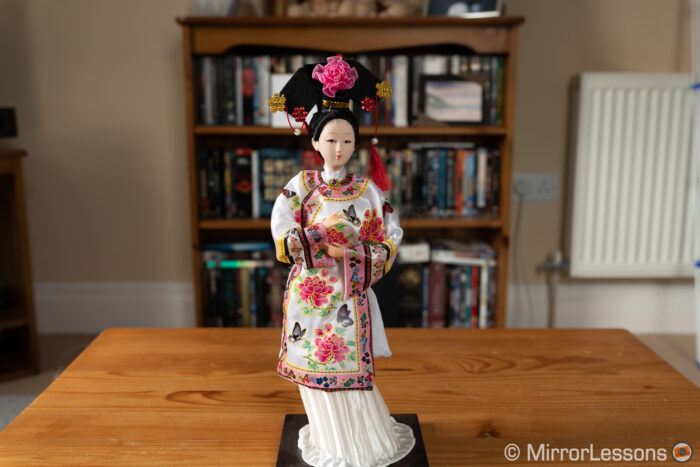
The EOS R5 doesn’t have the same capability, but it uses its Dual Pixel CMOS AF system for something else called Dual Pixel RAW which is rather interesting.
When this mode is selected, the camera captures a special RAW file that contains the depth information taken from the phase detection pixels. With Canon’s proprietary software on your computer, you can open this special RAW file and change things that would normally be impossible to alter. For example, you can fine-tune the focus point, change the bokeh or the background clarity, and even adjust the light on a person’s face. It is not a magic trick made with deep learning technology like many smartphones, it comes from data captured by the sensor.
I tested an early version of this on the original EOS R, and it is worth pointing out that you should not get too excited just yet. The adjustments are very small. The focus adjustment, for example, is really just a matter of giving that extra bit of sharpness if the AF was 99% accurate rather than 100% accurate. That said, the EOS R5 has a new version of Dual Pixel RAW and I’m curious to see if you can do more with it.
The EOS R5 has another thing you won’t find on the Sony called HDR photo. It saves HEIF files in 10-bit that have more dynamic range than the classic JPG compression. HEIF is not widely compatible yet, but this could change in the future. You can covert from HEIF to JPG in camera and it will still give you better DR than shooting in JPG directly.
7. Burst Speed
Despite the high resolution sensors, the R5 and A7R IV have more than decent continuous shooting capabilities.
The EOS R5 especially is quite good: it can record up to 12fps with the mechanical shutter, or a whopping 20fps with the electronic shutter.
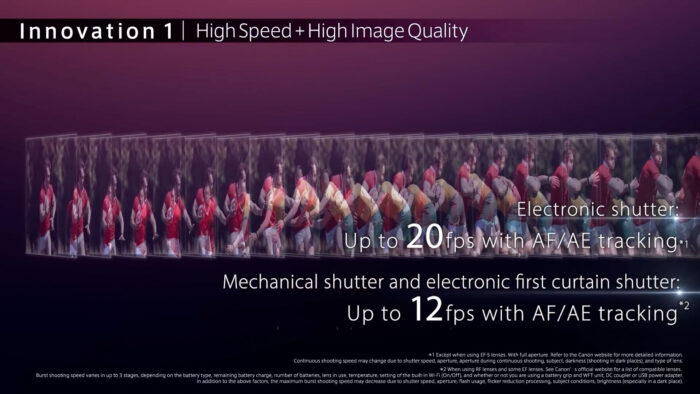
The A7R IV doesn’t reach the same speed, but offers a respectable 10fps (mechanical shutter), not bad at all considering the 61MP photos. The electronic shutter doesn’t increase the speed like it does on the Canon.
The buffer is superior on the Canon too: the EOS R5 can record 180 RAW files or 340 JPG files at 12fps. The A7R IV does 68 RAW or JPG files.
8. Video Recording
The Canon EOS R5 packs impressive video capabilities. It is the first mirrorless camera to achieve 8K video recording internally. Even more impressive, it can do this in 12-bit RAW (DCI format). The maximum bitrates are 1300Mbps (ALL-Intra) or 2600Mbps (RAW). There is no sensor crop either.
4K doesn’t look bad with speeds up to 120fps (High Frame Rate mode). Up to 30p, it records with full pixel readout (oversampling from 8K) which should give very good sharpness.
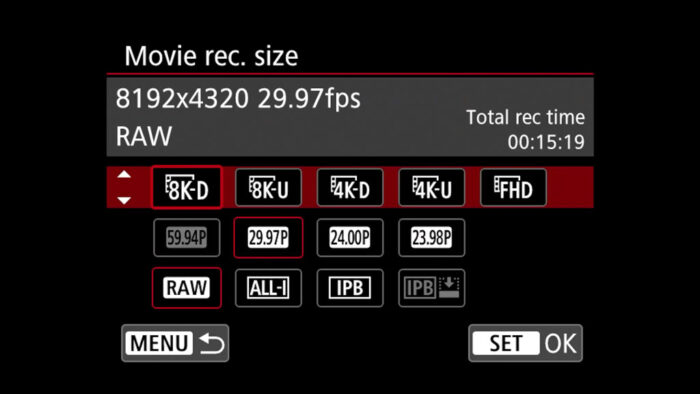
The A7R IV doesn’t have 8K capabilities. It can record in 4K up to 30p and 100Mbps (XAVC S codec). If you want 120fps, you need to select Full HD. There is no RAW option either. In full frame mode, it records with pixel binning, whereas in Super35 mode (APS-C crop), it records with full pixel readout (oversampling from 5K).
One advantage is that the A7R IV has unlimited recording, even in 4K, so the camera won’t stop after 30 minutes like many others do.
The EOS R5 on the other hand, is set to stop after 20 minutes in 8K, 30 minutes in 4K or 7 minutes in 4K/120p. There have also been some concerns about overheating, where the camera might only be able to record a few minutes at a time after it has cooled down. EOSHD was among the first to report this and Canon has also issued a statement about it. Let’s wait for more reviews to learn about this.
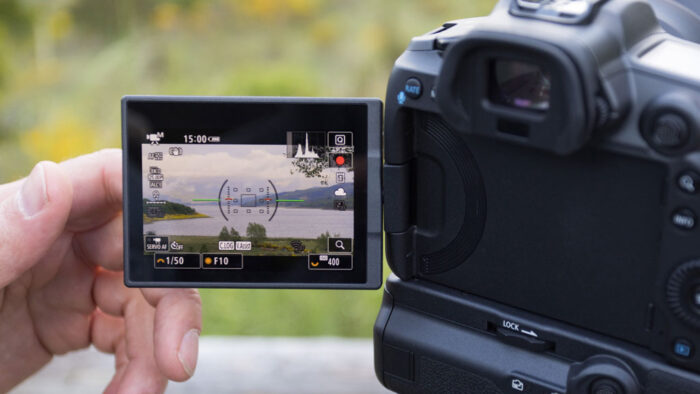
One advantage of the Canon is that it can record 10-bit 4:2:2 footage internally with the Canon C-Log or the HDR PQ curve. 10-bit is also available via HDMI output.
The A7R IV has several Log and HDR profiles, but the colour sampling is limited to 8-bit internally or over HDMI.
Concerning the ISO range, the Canon loses one stop in comparison to the photo mode (up to 25600 ISO, 51200 is an extended level). The A7R IV goes from 100 to 32000 just like for stills but lacks the extended values.
Concerning audio, you will find a 3.5mm input and output on both cameras.
9. Lens catalogue
Before the conclusion, let’s talk about the two systems and the lenses they have to offer.
The R5 uses the RF mount which was launched two years ago. There are now no fewer than 15 lenses including the 2.8 zoom trinity, some very fast 1.2 primes and some unique lenses such as the 28-70mm f2. There aren’t a lot of affordable lenses as of now, nor are there many third party lenses, but we’re just at the beginning. Of course you can use an adapter and get access to a huge catalogue of DSLR lenses, but that is something you can do with the A7R IV too.
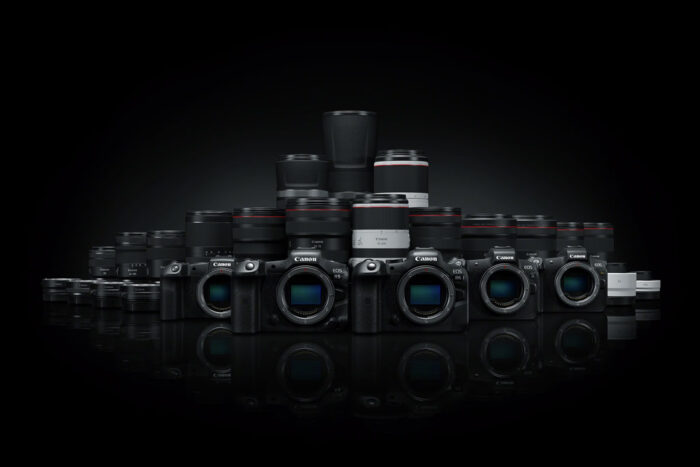
The Sony E-mount system has been around since late 2013 and Sony has released more than 30 lenses up until now, with more to come. Another advantage is that the E-mount is now actively supported by popular third party brands such as Sigma, Tamron, Zeiss and Samyang which means that there is a lens for every budget and need.
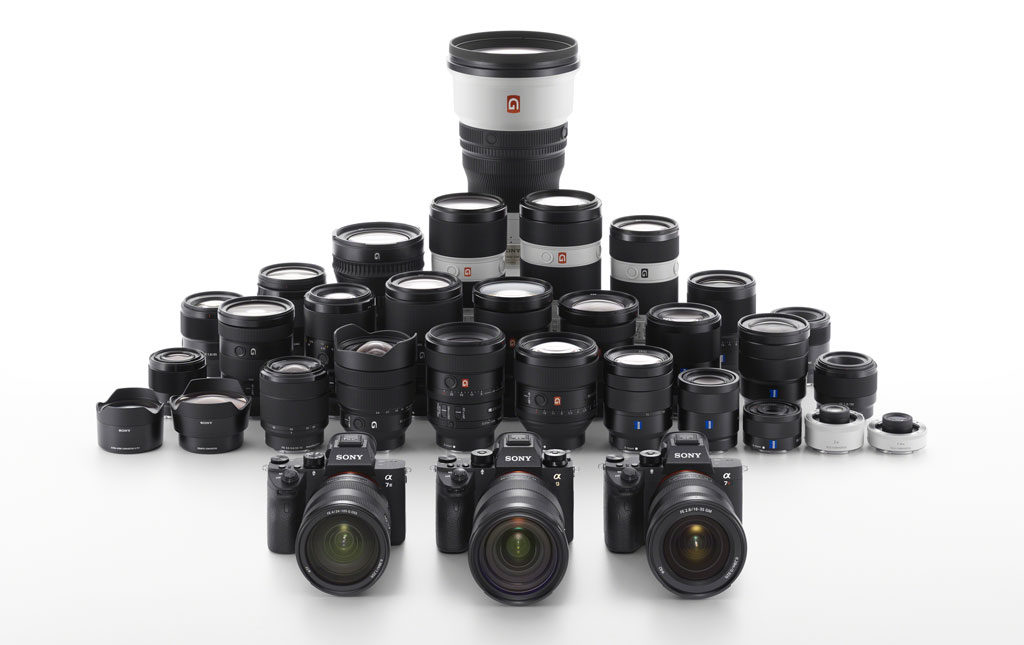
10. Price
The EOS R5 is the more expensive of the two, starting at $3900, €4700 or £4200 for the body only.
The A7R IV is being sold for $3200, €3800 or £3500 (body only).
Note: prices are as of July 2020. US prices exclude tax.
Conclusion
Canon wants to enter the market with a bang with the EOS R5 and the specifications on paper suggest they’ve achieved that goal. It looks like a serious product for still shooters and an impressive camera for videographers. If the new sensor can match the quality of the Sony sensor, Canon could have a big winner here. Of course there are many questions that need answering, starting from the overheating concerns when recording 8K or 4K, so we need to wait for more real world feedback.
The A7R IV is the most mature camera we’ve tested in the A7 range. It delivers stunning image quality, has a great autofocus, very good video quality with unlimited recording, decent stabilisation, and the design is improving. We’re going to be in for a treat when we compare these two cameras side by side.
Reminder: the links below are affiliate links. If you decided to buy something after clicking the link, we will receive a small commission.
Check price of the Canon EOS R5 on
Amazon UK | B&H Photo
Check price of the Sony A7R IV on
Amazon | Amazon UK | B&H Photo | eBay
Canon EOS R5 and EOS R6 coverage:
EOS R5 vs EOS R6 – EOS R vs EOS R5 – EOS R vs EOS R6
EOS R6 vs A7 III – EOS R5 vs A7R III – EOS R5 vs A7R IV

